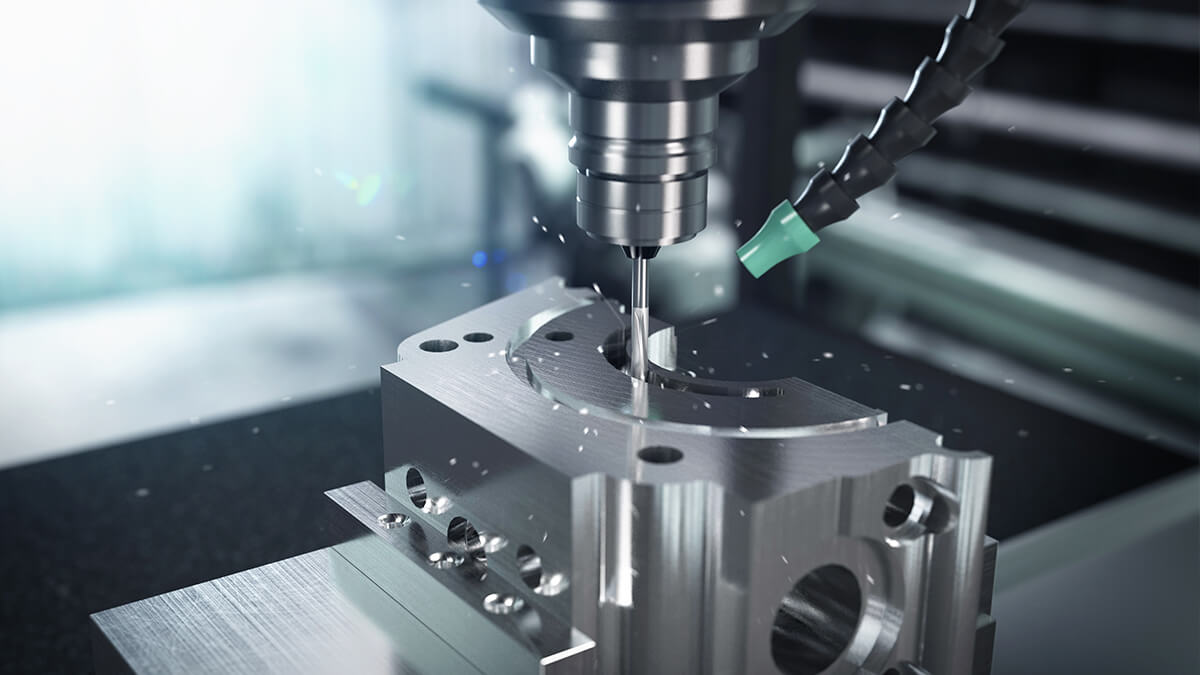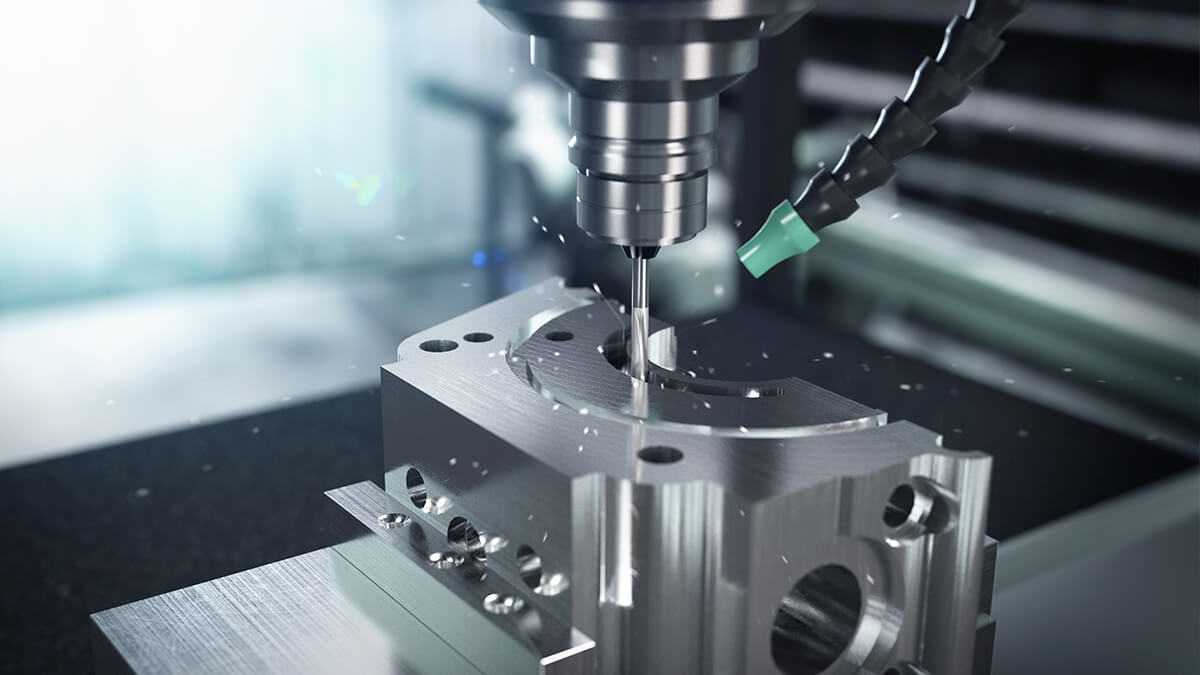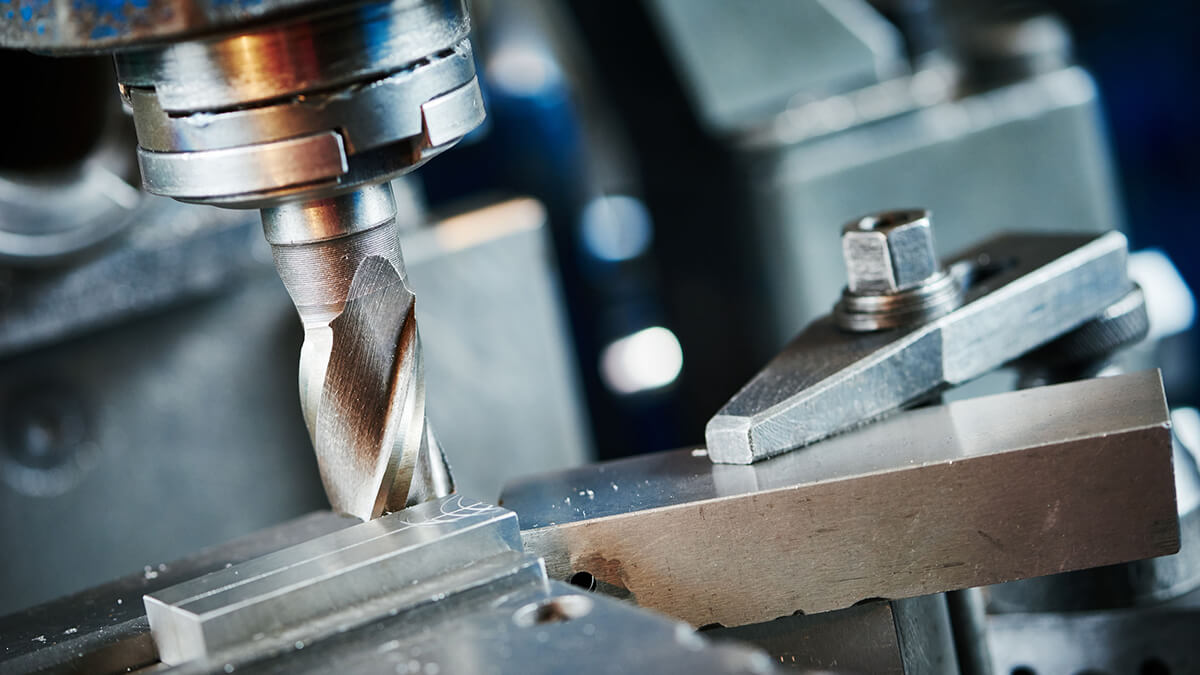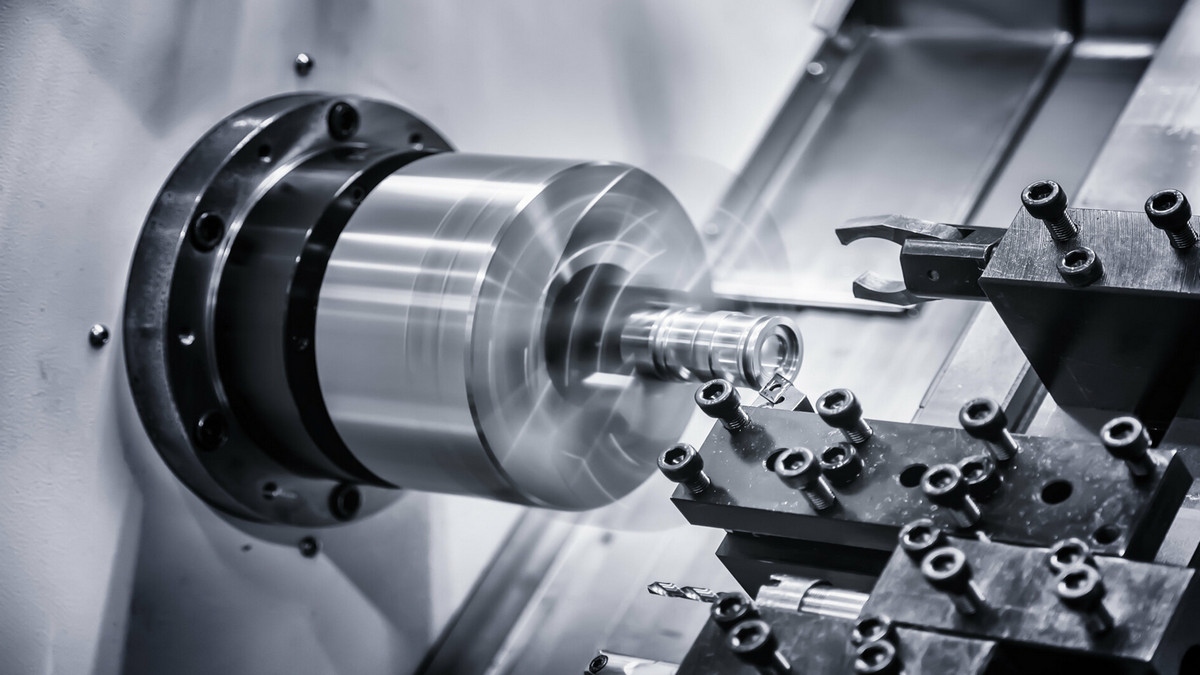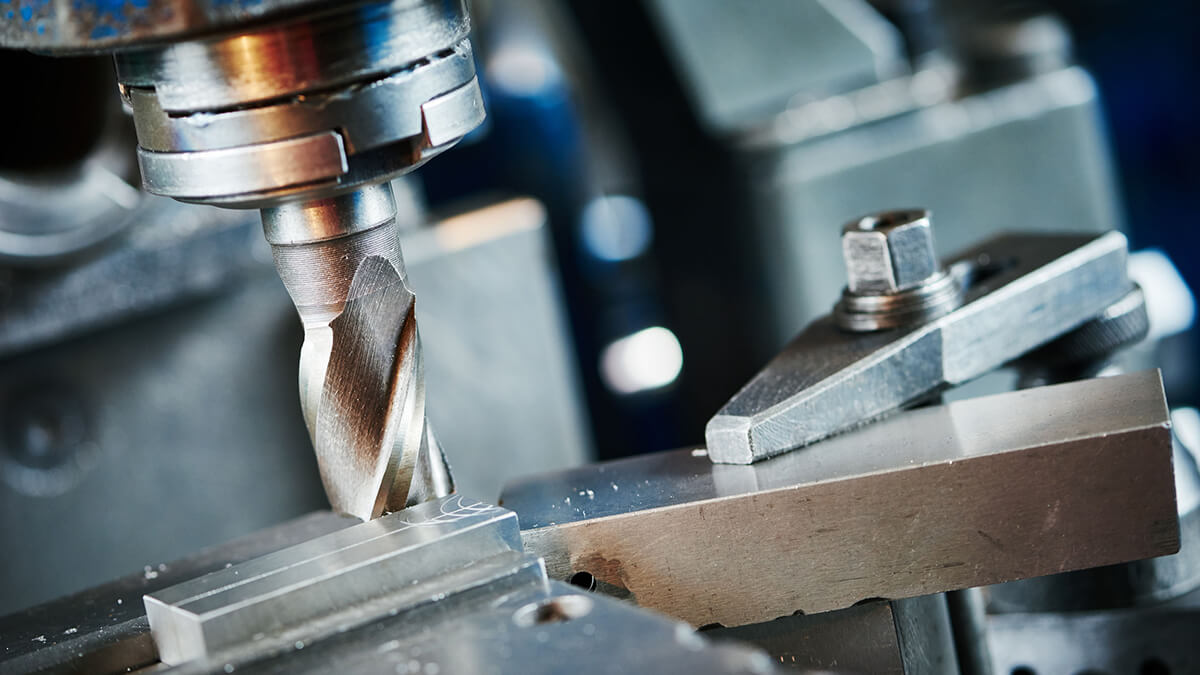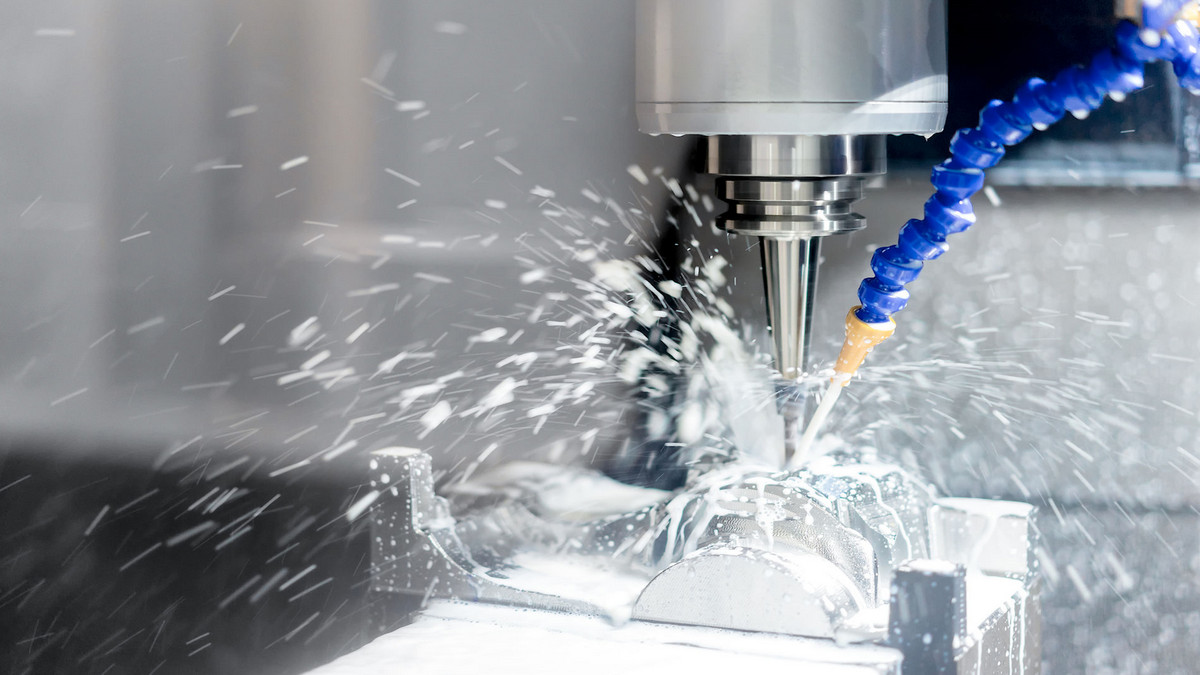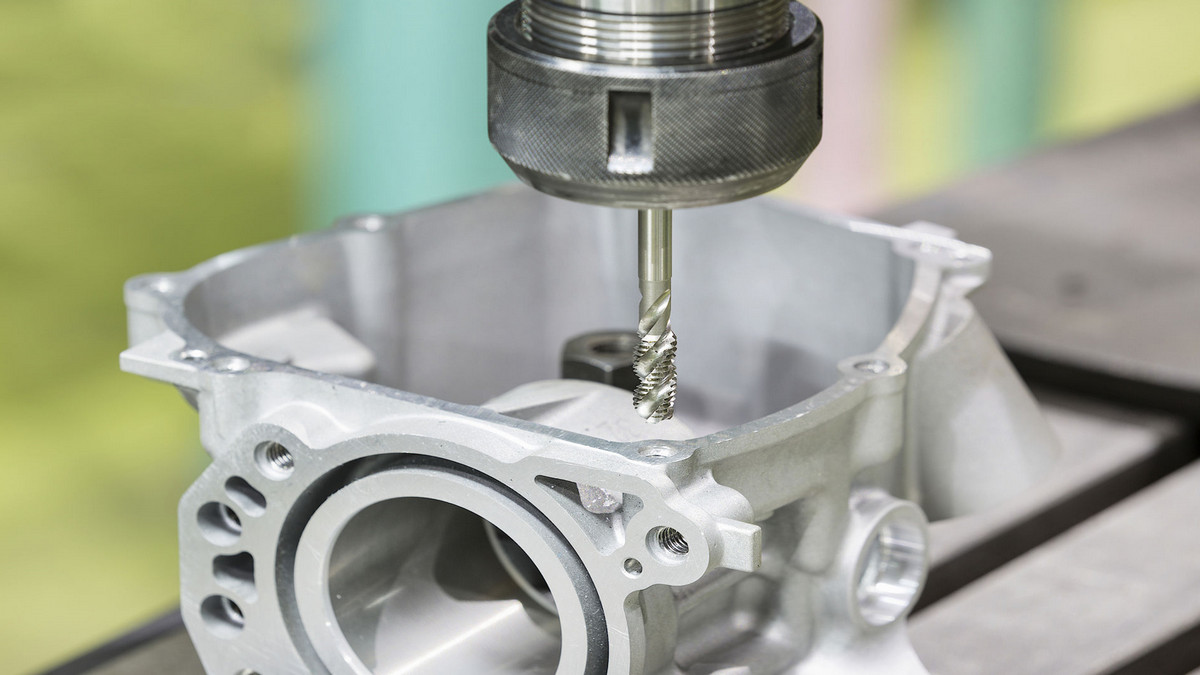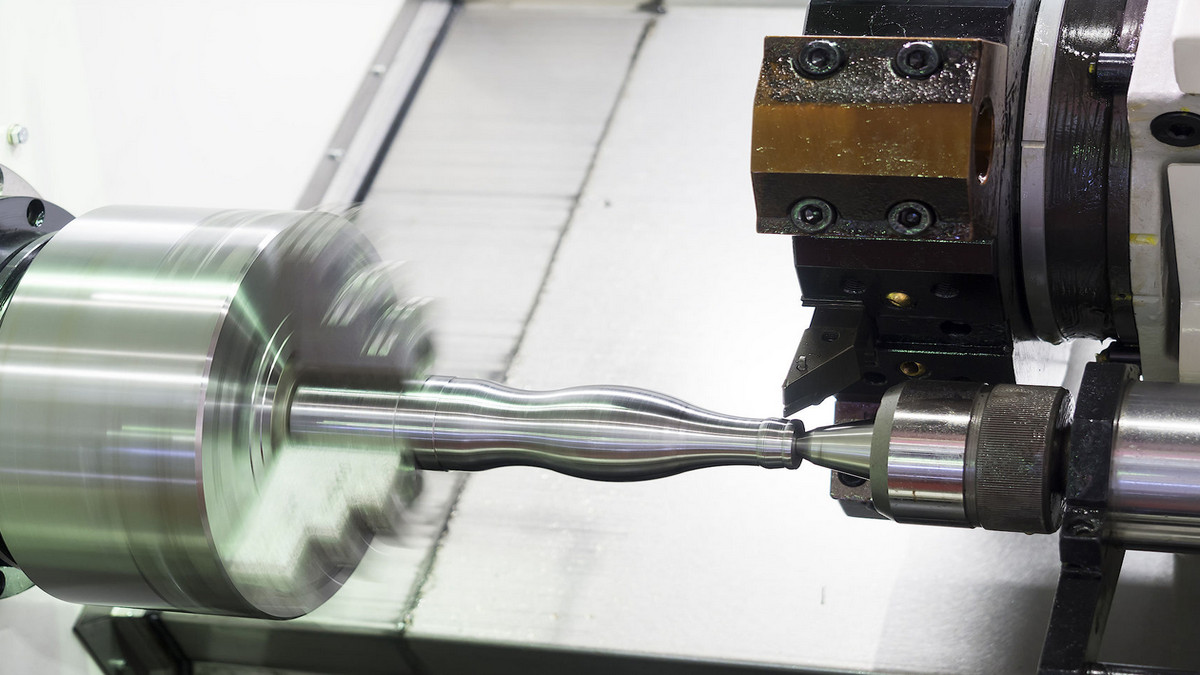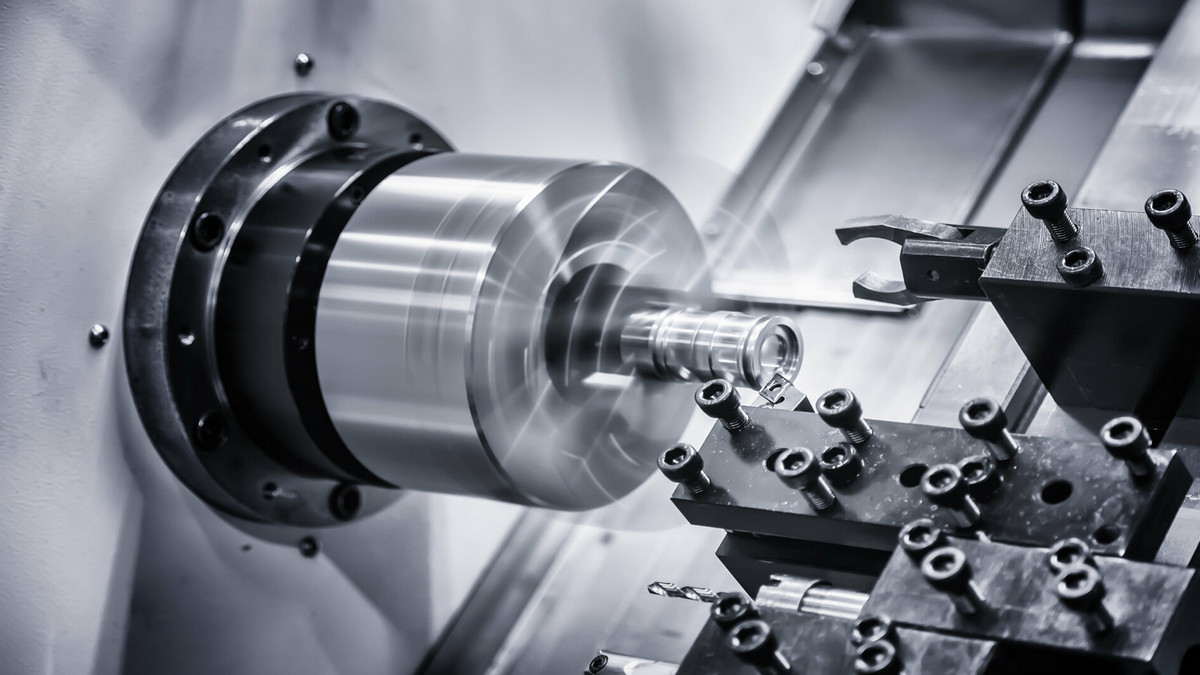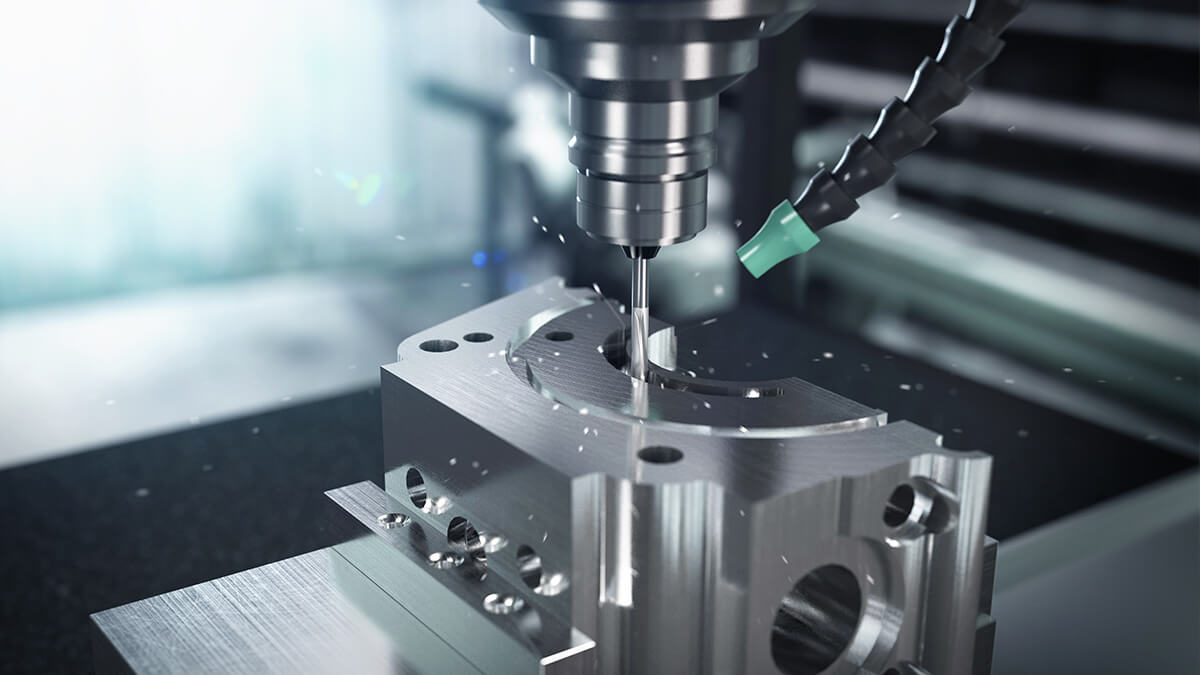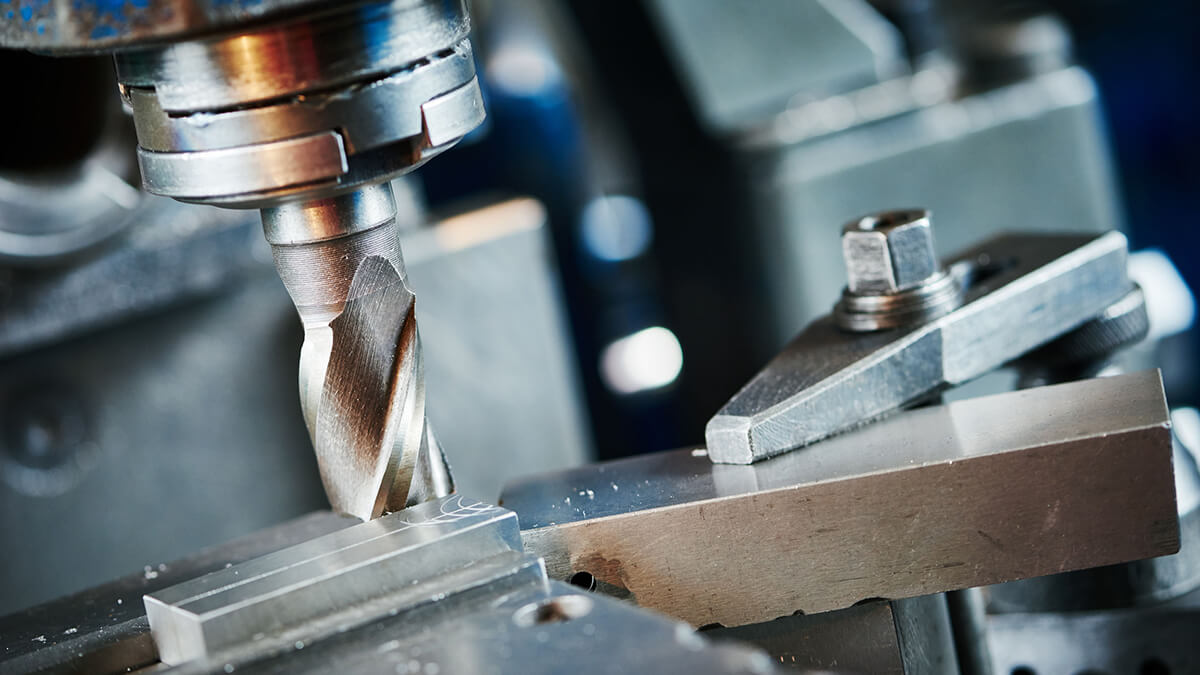- Showing results for
- Milling Method
The integration of additive manufacturing (AM) and subtractive milling processes has emerged as a transformative manufacturing process known as hybrid milling. This technique combines the strengths of both 3D printing and traditional subtractive milling, opening up new possibilities and diverse applications for creating complex geometries with improved material efficiency.
2024-10-28 09:37:52
Technological advancements in the machine tools industry are constantly shaping the way manufacturers approach production. The integration of Smart Milling Machines with the Internet of Things (IoT), often referred to as Industry 4.0, propels the industry toward unprecedented levels of efficiency and productivity.
2024-10-24 14:50:30
Advancements in Computer Numerical Control (CNC) milling technology have propelled CNC milling machines into a new era of precision, speed, and efficiency. Nano-machining allows the fabrication of components and structures with dimensions on the nanometer scale, typically ranging from 1 to 100 nanometers. These technological advancements, combined with the integration of artificial intelligence (AI) and automation, have had a profound impact across manufacturing industries.
2024-10-24 14:10:25
Milling machines are versatile tools that play a pivotal role in shaping and carving materials with precision and accuracy. The milling process involves the removal of material from a workpiece using a rotating cutter. As the cutter moves across the workpiece, it shapes and refines the material, creating intricate designs or precise components. The milling process can mill a workpiece's single face, called face milling, or perform peripheral milling and complex machining operations.
2024-10-24 14:05:32
When selecting a milling cutter suitable for the machining task, various issues such as the geometry, size, and work piece material of the parts to be processed must be considered.
2023-06-09 13:51:44
Milling machines have better chip evacuation because of the nature of their configuration because gravity keeps the chips from falling. This helps improve the surface finish and prolongs the life of the tool.
2022-12-13 09:23:48
Different types of milling cutters can be used to cut large amounts of material and leave poor surface smoothness (roughing) or to remove smaller amounts of material but leave good surface smoothness (finishing).
2022-10-27 17:51:51
The process of milling a plane at right angles to the axis of rotation of the tool.
2022-08-29 14:27:06
Milling is a machining method in which a milling cutter is used as a tool to process the surface of an object. Milling is a highly efficient machining method in which a rotating multi-blade tool is used to cut a workpiece.
2022-07-25 10:14:16
A Bridgeport mill is a standard manual knee-type vertical milling machine. The reason that many people refer to a manual mill simply as a “Bridgeport” is that it’s one of the most famous brand names that’s found in most machine shops.
2020-08-04 14:37:56
When selecting a milling cutter suitable for the machining task, various issues such as the geometry, size, and work piece material of the parts to be processed must be considered.
2020-06-29 13:23:59
Agree

